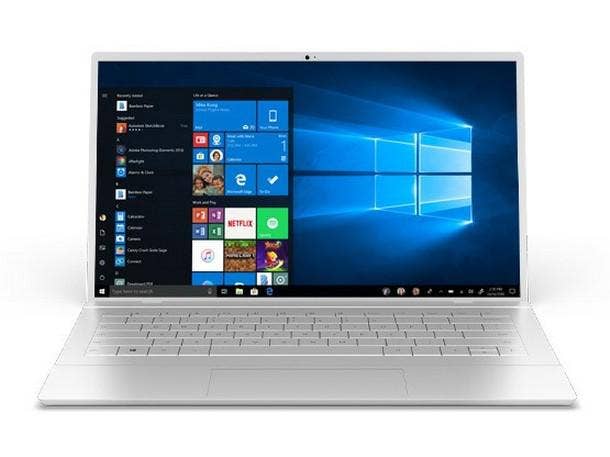Microsoft Sets End Date For Windows 10 Support
While a successor to Windows 10 hasn’t been announced yet, Microsoft is saying that Windows 10 will be retired on Oct. 14, 2025.

Microsoft has disclosed for the first time that Windows 10 will be retired, setting Oct. 14, 2025, as the end-of-support date for the widely used operating system.
In an update to a Microsoft support document, first reported by Paul Thurrott, the company has listed that as the retirement date for Windows 10 Home and Pro, as well as for the Pro Education and Pro for Workstations editions of the operating system.
[Related: Microsoft’s ‘Next Generation Of Windows’: Partners Share Their Wish List]
“Microsoft will continue to support at least one Windows 10 Semi-Annual Channel until October 14, 2025,” the company said in the support document.
CRN has reached out to Microsoft for comment.
The disclosure comes as Microsoft plans to unveil what it’s calling “the next generation of Windows” during an event on June 24.
Until now, Microsoft had never before said that Windows 10 would eventually be phased out. The company had in fact said the opposite upon introducing Windows 10 in 2015—indicating that the operating system would be “the last version of Windows.”
Rather than releasing brand-new versions of the operating system every few years, Microsoft has taken the approach of doing feature updates for Windows 10 on a twice-a-year basis.
Originally released in July 2015, the end-of-support date for Windows 10 would give the operating system just over a 10-year run.
Microsoft has yet to comment on what sort of branding the next-generation Windows version might receive. Rumors suggest that a next-generation version of Windows could be called Windows 11 or Windows Sun Valley. Microsoft is calling the June 24 announcement its “What’s Next for Windows” event.
Mahadeva Bisappa, a principal architect at Chicago-based SPR, a Microsoft Gold partner, recently told CRN that Microsoft ought to create more of a seamless experience between Windows and the company’s other cloud platforms and tools. That would result in “productivity gains and performance increase” for many end users, Bisappa said.
Windows is still the most widely used laptop/desktop operating system by far, but the competition from other operating systems has increased by some measures. Windows fell from 85.4 percent market share in 2019 to 80.5 percent share in 2020, according to a recent GeekWire article that cited numbers from IDC. Meanwhile, Chrome OS rose from 6.4 percent to 10.8 percent during the same period, while macOS rose from 6.7 percent to 7.5 percent in 2020, year over year.
Microsoft confirmed in May that it had scrapped Windows 10X, its version of the operating system designed for dual-screen devices that would have rivaled Google’s Chrome OS.